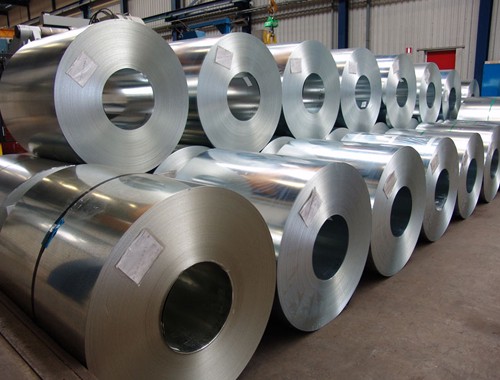
EUROFER welcomes anti-circumvention investigations on imports of stainless CRC
The Commission initiated on 14 August two anti-circumvention investigations regarding possible circumvention via Taiwan, Turkey and Vietnam of the anti-dumping and anti-subsidy measures imposed in 2021 and 2022 against imports of stainless steel cold rolled flat products from Indonesia. EUROFER welcomes the openings and the immediate registration of the imports from those countries towards a possible retroactive application of the existing duties.
“Since the imposition of both anti-subsidy and anti-dumping measures, the direct imports of Indonesian stainless steel cold rolled flat products (SSCR) virtually disappeared”, said Axel Eggert, Director General of the European Steel Association (EUROFER). “However, the unfair practices and in particular the massive support granted to local producers by the Indonesian and Chinese governments through raw material manipulation and financing under the Belt and Road initiative are now exported from Indonesia to third countries as stainless slabs or stainless hot rolled coils that are then re-exported as finished stainless steel, including SSCR, into the EU27 market”.
A massive amount of EU imports of SSCR from the targeted third countries are in fact indirect imports from Indonesia, with Indonesian slabs or hot rolled coils undergoing only limited processing before being re-exported to the Union. These flows of indirect imports constitute a significant share of the exports of SSCR from these countries to the EU, starting to pick up over the course of the investigations in 2021 and skyrocketing after the imposition of the measures in 2022.
“Those indirect imports show clear evidence of circumvention, similar to the practices already recognized and addressed by the Commission in the previous circumvention investigation on imports of stainless hot rolled sheets and coils from Turkey. The immediate registration of the imports from Taiwan, Turkey and Vietnam is therefore crucial to ensure the effectiveness of the existing measures”, concluded Mr. Eggert.

Italian stainless coil orders pick up
Italian stainless steel coil prices are increasing after values reached rock bottom in July. European producers are hiking by approximately €100/tonne ($109) and contracted prices are seen rising accordingly in September for hot and cold rolled coil for October delivery, sources tell Kallanish.
Much of the market is now on holiday in Italy and in other European countries. Italian mills’ order intake improved in July and the first days of August. This follows a long period of quiet activity and contracting orders. Local service centres have bought some volumes for July, August and September delivery, while some deliveries are being delayed due to the August production stoppages.
At present, asking prices for October-delivery stainless CRC in Italy are at €2,300-2,350/t delivered on average, and some €150/t less for HRC. CRC with trimmed edges is transacting at about €2,200/t delivered, with HRC at about €2,000-2,050/t delivered, sources suggest.
Two Italian buyers say prices will have to increase for coils and derivatives in September but volumes will remain limited. Service centres’ clients are reported to have some work, but their activity remains low. Purchases in September should surge for October deliveries, owing to market seasonality. At present, however, distributors are reporting a low level of orders and a continuing wait-and-see attitude.
Natalia Capra France


